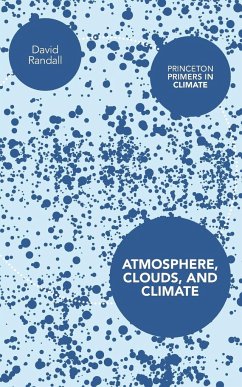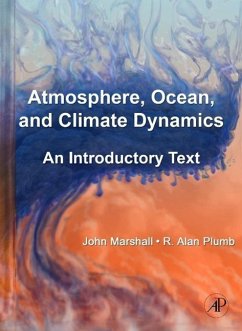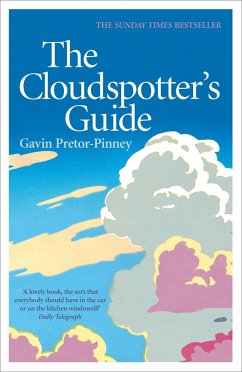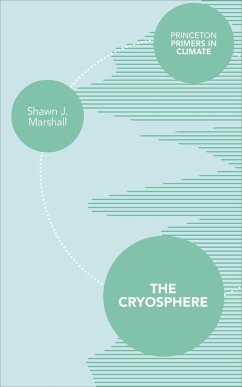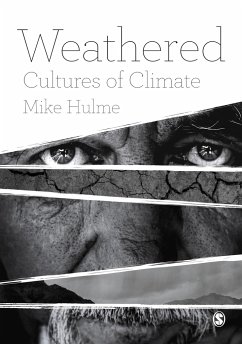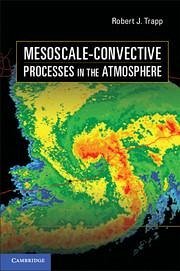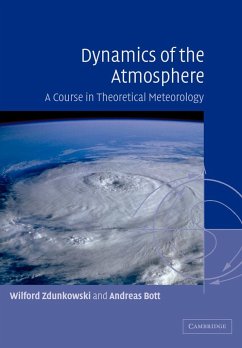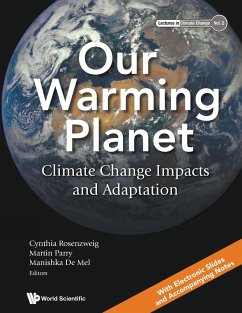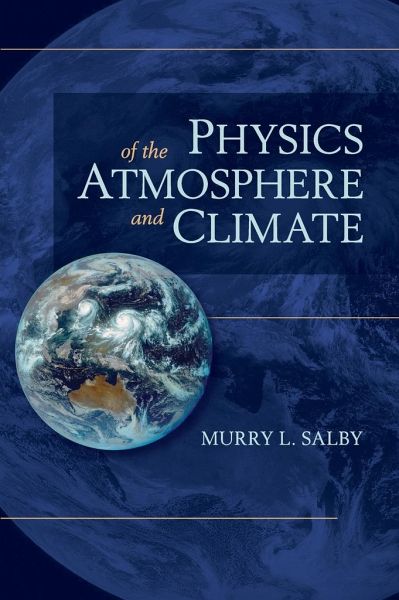
Physics of the Atmosphere and Climate
Versandkostenfrei!
Versandfertig in 1-2 Wochen
140,99 €
inkl. MwSt.
Weitere Ausgaben:

PAYBACK Punkte
70 °P sammeln!
Murry Salby's textbook provides an integrated treatment of the processes controlling the Earth-atmosphere system, developed from first principles through a balance of theory and applications. This is an ideal intermediate-level undergraduate textbook and reference text for graduates and researchers, supported by student problems, with detailed solutions provided online for course instructors.





